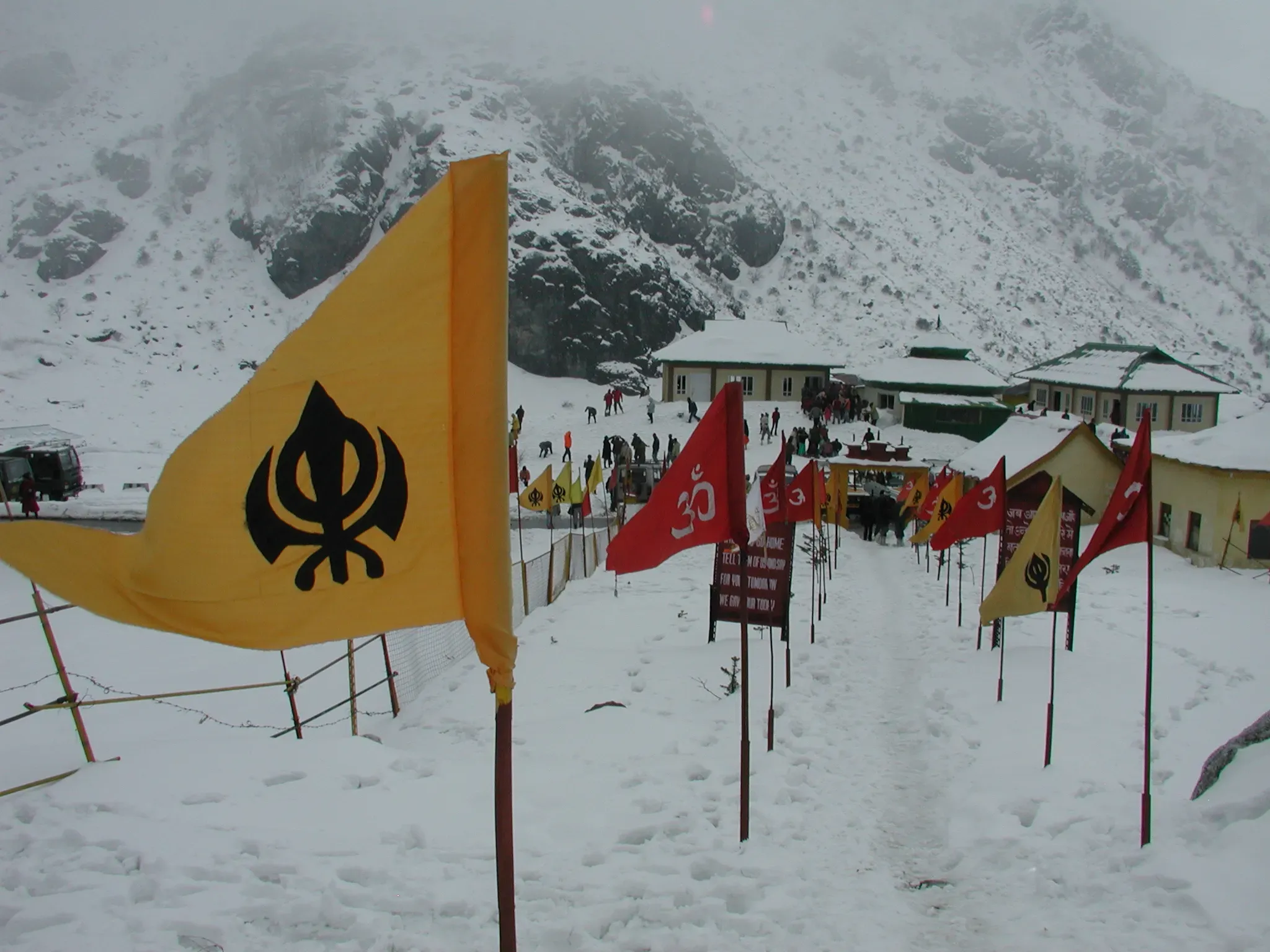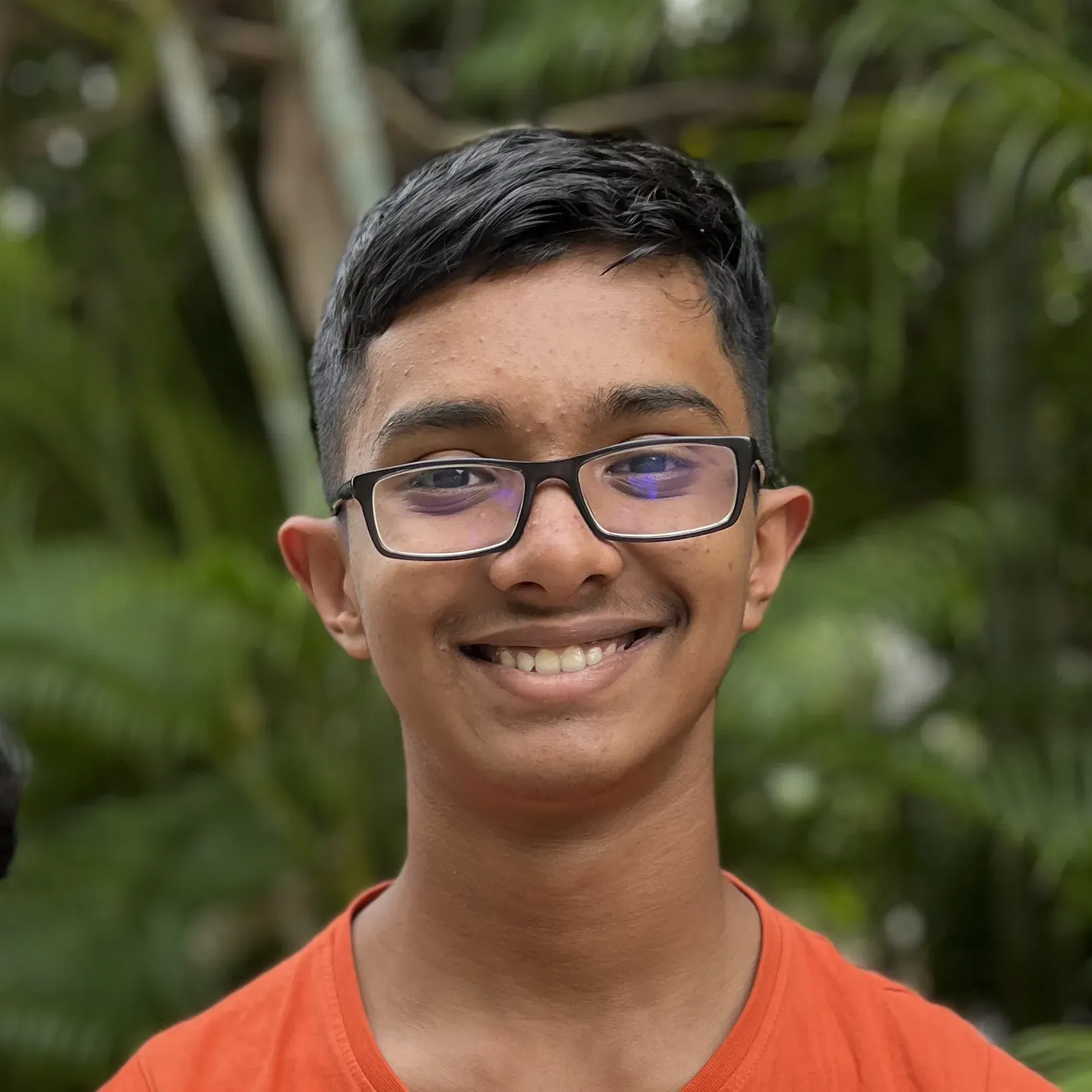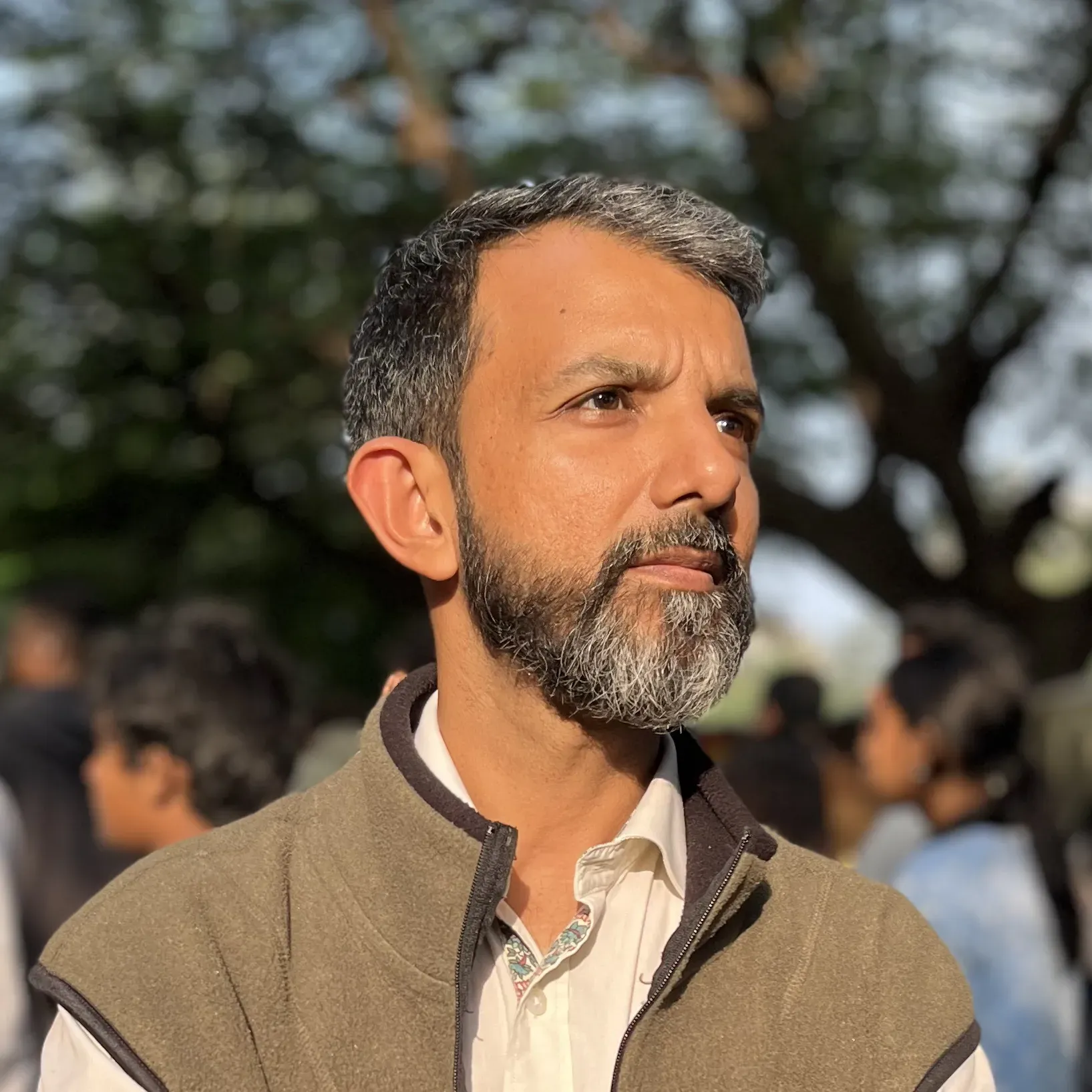Sikkim - Gangtok

My current home in India, Siliguri in north West Bengal, may not be the most alluring tourist destination, but it is crucial in the Eastern Himalayas due to its geographical location. Siliguri is unabashedly an industrial center and a gateway to the Seven Sisters of the North-East, Sikkim, and the eastern part of Nepal.
My parents moved here ten years ago, just as I was starting my career, and I never had ample holidays to explore the surroundings. I always ended up too tired to leave home, spending my time with novels and old music. However, for the first time, I took some days off to visit Gangtok.
Though the journey wasn’t particularly memorable or different from those I had while growing up in the North-East, having Pamela with me made it special. Traveling by Jeep through the narrow, winding roads was an experience in itself. Our co-passengers thought we were on a honeymoon trip. The drive was scenic, with the Teesta River flowing alongside us. The forested hills remain green, but deforestation for cultivation or wood smuggling is continuous.
We reached Gangtok around midday, and the Taxi Stand was bustling, much like any other small or hill town in the North-East. Touts were everywhere, trying to rob you. If you travel light and can carry your luggage, you can avoid them. We stayed at an ITDC hotel near M.G.Marg and had lunch at its expensive restaurant. Then we went out to book our sightseeing trips for the next two days. As a tourist place, everyone seemed keen to overcharge, so good negotiating skills were essential. After bargaining, we booked our trips.
Next, we visited the Government Institute of Cottage Industries (also called the Directorate of Handicrafts and Handloom), which promotes and teaches the ancient crafts of Sikkim, like painting, mask making, weaving, and wood carving, to keep them alive. It is located at Zero Point, a few kilometers uphill from the main Gangtok town.
Day II began with Aloo Paratha for breakfast at Agarwal Restaurant near the Bus Stop, and we got the same packed for the route. We headed to our agency, and after waiting for our IST (Indian Standard Time) co-passengers, we started our trip to Tsomgo Lake.
Tsomgo Lake is situated at an altitude of 12,310 ft on the Gangtok-Nathula highway, just a few kilometers from the Indo-China border. This road also continues to Lhasa, Tibet. The drive was unique, with snow-capped mountains and the entire area under Indian military control. Salute to our Indian army for guarding those borders and making our lives easy and peaceful. I often wonder about their struggles in such extreme cold regions, far from their homes.
At Tsomgo Lake (pronounced Changu Lake, meaning the source of the lake), we hired snow boots from stalls recommended by our travel agents. Heavy woolens were required due to the high altitude, which we already had. From there, we went to the Baba Harbhajan Singh Memorial, located between Nathula-Jelepla pass at an altitude of around 13,450 ft. It was built in memory of a sepoy of the 23rd Punjab regiment. After a few days of his disappearance, he appeared in the dreams of his comrades and expressed a desire for a monument in his memory. It has since become a pilgrimage site. Being Sunday, the Indian Army offered langar (free meals after Sikh services). After an hour, we returned to Changu Lake.
The weather worsened, and tea, snacks, and film rolls were available at the temporary stalls near the lake. However, there were no accommodation facilities or proper toilets for tourists. Rides on yaks and mules were also offered, which Pamela couldn’t enjoy due to the cold.
In the evening, we walked on M.G.Marg, which is usually closed to vehicles from 5 to 9 PM. We found a budget restaurant for dinner and, despite the long queue, the wait was delightful.
Day III started early as we wanted to return to Siliguri ASAP. We began our sightseeing at the Rumtek Monastery (the largest monastery in Sikkim) and ended with an exotic orchid show, visiting Enchey Monastery and Do-drul Stupa along the way.
Gangtok is a blend of the traditional and modern, with modern concrete multi-storied structures clinging to the hillside alongside stupas and monasteries. Buddhist prayer flags flutter in the mountain breeze; young college girls in trendy dresses walk alongside elderly matrons in traditional ‘bakus,’ and lamas in colorful maroon robes.
Now, I’m looking forward to traveling to North Sikkim someday, which we’ve heard is more beautiful, with a valley of flowers and lakes to explore.
About the Author

Santanu
A nature lover, runner, travel enthusiast, and occasional baker. He dives into web development and cloud technologies, always exploring and building with curiosity.
View all posts →

